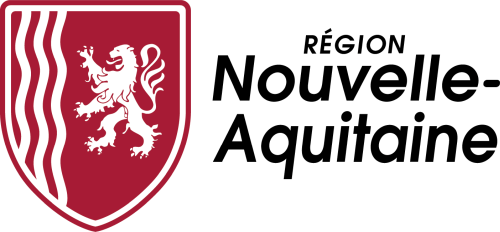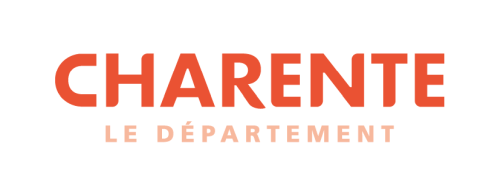
Monsters, Magic, and Mayhem - From the chapbooks’ thematic, societal exposures, creations that use Gothicism into a mutation of Pearry Teo’s post-modernistic American comic book, The DNA Hacker Chronicles
Thèse
par
Jackie L. - Parker
Sous la direction de Potter, Franz
Master's with Gothic emphasis2013-2014- National University
La Jolla, CA- USA
Monsters, Magic, and Mayhem—From the chapbooks’ thematic, societal exposures, creations that use Gothicism into a mutation of Pearry Teo’s post-modernistic American comic book, The DNA Hacker Chronicles.
mots-clés : gothique ; cyberpunk ; The DNA Hacker Chronicles ; monstre ; comic book ; fantastique ; Meskin, Aaron ; Mainardi, Dr. Patricia ; Moszkowicz, Julia ; McCloud, Scott ; Love, Harold ; Meskin, Aaron
If we begin this analysis with a simple chart (see Table 1), the similarities of the seventeenth and eighteenth centuries’ chapbooks and twentieth century comic books are extremely comparative. Glaister defines chaps as “a paper-covered booklet costing a penny or so as sold by travelling hawkers (chapmen) who included bundles of them with the buttons, threads, and laces and so on which they carried from village to village. Chapbooks were usually about 6 in. by 4 in. had up to twenty-four pages illustrated with crude but lively woodcuts and had a decorated cover title.” (Glossary of the Book 92). They offered medieval romance to adults, and later, the English legends and folklore became children’s moral lessons, fairy tales, and nursery rhymes. “The word chapbook will be used flexibly enough to include pamphlets of over 24 pages, of more than one printer's sheet, and with colored frontispieces. But in both simple and elaborate chapbooks, the purpose of production was the same, to simplify, cheapen, and diffuse works among the poor and less literate readers” (Parsons 181). Coleman Parsons creates a list of chapbook commonalities found in Scott’s “borrowed” Waverly Novels: folding colored front-pieces; illustrations that may or may not be colored; storyline is clear and my use difficult transitions; titles illustrate its contents; and lastly, it purpose it to gain tens of thousands of new readers (Chapbooks Versions of the Waverly Novels 189-221). Hence, the aforementioned traits find their way into several other genres such as nickel and dime novels, comic books, graphic and romance novels of twentieth century America. This is another definite connection between these seventeenth and eighteenth century broadsides as the predecessors to the twentieth century’s American graphic comic book, The DNA Hacker Chronicles (THC). The books may be small, but powerful, sharing many of the same attributes, presenting societal ills, and voicing fears of societies to generate necessary changes. According to Harthan, "the upper classes and rich financial families (who did not come from the hereditary aristocracy) developed a taste for finely produced, elegant books which diverted rather than edified their owners-- novels, fables, plays, and verses with small/scale illustrations made playful by erotic undertones” (The History of the Illustrated Book 141). Print culture was constantly evolving since capitalism drove both the production and demand for different types of printed materials. McKitterick believes, "[Printing was]driven by cost (no least the rates of pay for compositors) and by a new awareness in an industrialized world of the relationship between production and increased demand and consumption, a revived interest in speed, in the technical possibilities of new inventions and in their social and interpretive implications” (Manuscript, and the Search for Order: 1450-1830 9); wherein, the first comic strip had its beginnings. Thus, the same economic and historic problems during the seventeen and eighteen hundreds continue into mid-twentieth century America except the small inexpensive books become the pulp magazines and later comic books.







